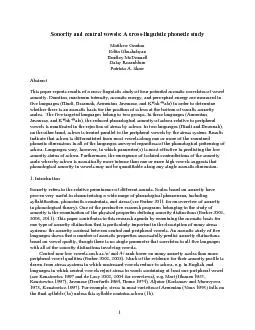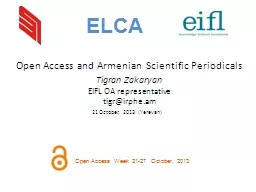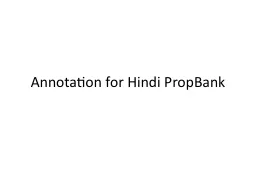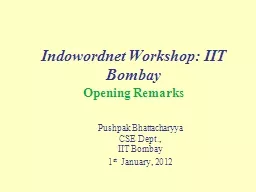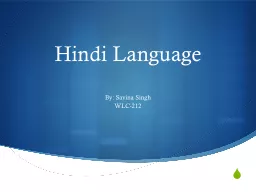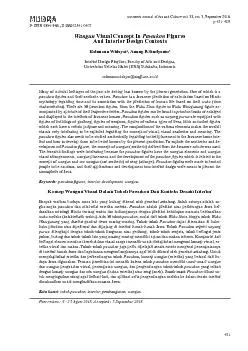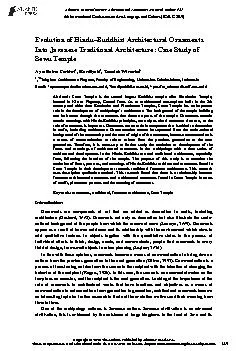PDF-five languages (Hindi, Besemah, Armenian, Javanese, and K!ak
Author : celsa-spraggs | Published Date : 2015-10-27
with all of the sonority distinc Kenstowicz 1997 Javanese Herrfurth 1964 Horne 1974 Aljutor Kodzasov and Muravyova 1978 Kenstowicz 1997 For example stress in most
Presentation Embed Code
Download Presentation
Download Presentation The PPT/PDF document "five languages (Hindi, Besemah, Armenian..." is the property of its rightful owner. Permission is granted to download and print the materials on this website for personal, non-commercial use only, and to display it on your personal computer provided you do not modify the materials and that you retain all copyright notices contained in the materials. By downloading content from our website, you accept the terms of this agreement.
five languages (Hindi, Besemah, Armenian, Javanese, and K!ak: Transcript
Download Rules Of Document
"five languages (Hindi, Besemah, Armenian, Javanese, and K!ak"The content belongs to its owner. You may download and print it for personal use, without modification, and keep all copyright notices. By downloading, you agree to these terms.
Related Documents

